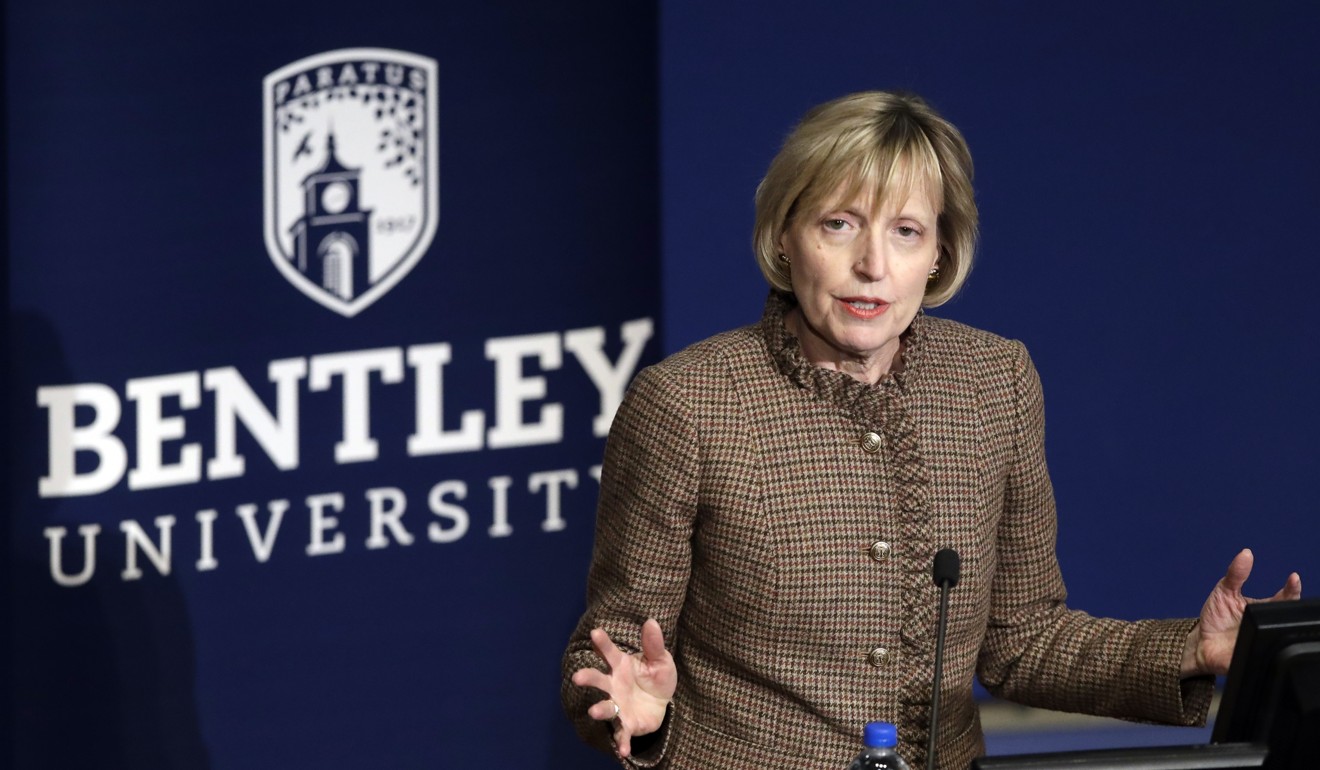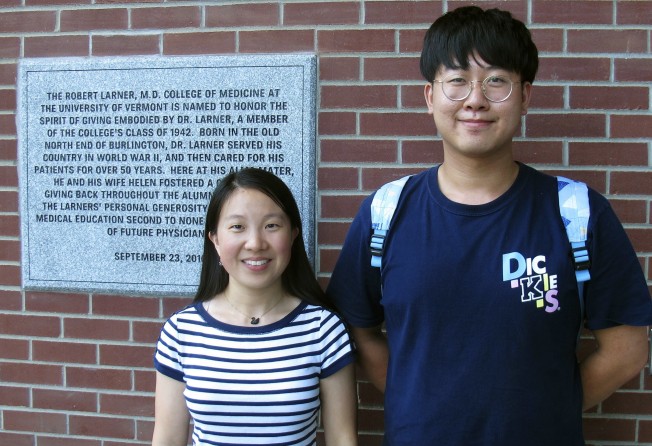
US universities see steep decline in students from China amid political tensions
- Some schools have reported 20 per cent or greater drop in numbers this fall
- To adapt, some universities are stepping up recruiting in other parts of the world and working to hold on to their share of Chinese students

After a decade of booming enrolment by students from China, American universities are starting to see steep declines as political tensions between the two countries cut into a major source of tuition revenue.
Several universities have reported drops of one-fifth or more this fall in the number of new students from China. To adapt, some schools are stepping up recruiting in other parts of the world and working to hold on to their share of students from China.
University administrators and observers say trade conflicts and US concerns about the security risks posed by visiting Chinese students appear to be accelerating a trend driven also by growing international competition, visa complications and the development of China’s own higher education system.
At Bentley University in Massachusetts, the number of new Chinese graduate students arriving on campus dropped from 110 last fall to 70 this time. As a result, the school is reviewing the viability of some graduate programmes that have been most affected by the decline.

“I wouldn’t describe it as catastrophically bad,” President Alison Davis-Blake said. “We’ve been very intentional about knowing that a drop-off was coming and really broadening our international and domestic footprint.”
Significant drops also have been reported this fall at such schools as the University of Vermont, which saw a 23 per cent decline in Chinese student enrolment, and the University of Nebraska-Lincoln, which had a 20 per cent decrease.
China sends more students to study in the US than any other country. Its 363,000 students represent one-third of all international students. But the numbers have levelled off in recent years, reflecting a trend among international students overall.
Prospective students and parents in China share concerns with those in other countries about American gun violence and tougher immigration enforcement.
A report in May by the Association of International Educators found that the top two factors behind declining numbers of foreign students were the vagaries of the visa process and the social and political environment in the United States.
But there are also unique pressures on Chinese students. The Trump administration has sounded the alarm about Chinese students stealing US intellectual property, and it is more closely scrutinising Chinese applications for visas to study in fields like robotics, aviation and hi-tech manufacturing.
In June, China warned students and other visitors to the US about potential difficulties in getting visas.
Xiong Xiong, an electrical engineering student at Beijing Jiaotong University, said he hopes to pursue graduate-level studies in the US. But he is concerned about complications with the visa process and plans to apply also to schools in Britain.

“My major is a bit sensitive. I’m concerned my visa will be affected,” he said.
Brad Farnsworth, vice-president for global engagement at the American Council on Education, said his recent travels in China suggest that the accusations of economic espionage are taking a toll.
“The concern is a Chinese student just will not feel welcome in the United States and will be met with animosity and scepticism about why they are in the United States,” he said.
Foreign students contribute an estimated US$39 billion to the US economy. They are often sought after by universities, in part because many of them have the means to pay full sticker price for their education. Many Americans rely on financial aid.
So deep is concern about the financial effects of a decline in Chinese students that the colleges of engineering and business at the University of Illinois, which enrols over 5,000 Chinese students, took out an insurance policy two years ago that will pay US$60 million if revenue from Chinese students drops 20 per cent or more.
Elsewhere, Lehigh University in Pennsylvania hired a recruiter this month to help bring in more students from India, and it also has been taking more interest in Sub-Saharan Africa, according to Cheryl Matherly, vice-president and vice-provost for international affairs.
Applications from China fell 6 per cent this fall at the university, which counts about 650 Chinese among its 7,100 students.
“We’re trying to get out ahead of this because at the end of the day, I think what we’re seeing is that recruiting and how students are making decisions about where to go, it’s a volatile space,” Matherly said. “As institutions, you need to diversify.”
Like many other American universities, Lehigh has begun sending staff to Beijing and Shanghai over the summer to conduct orientation sessions for Chinese students and their parents, address concerns about studying in the US, and demonstrate their interest in attracting students from China.
Liu Pengfei, who is pursuing a graduate degree in pharmacology at the University of Vermont, said his parents in China were worried about mass shootings in the US. But two years into his coursework, he said his time on the leafy campus in Burlington has only been positive.
“It’s really peaceful,” he said.